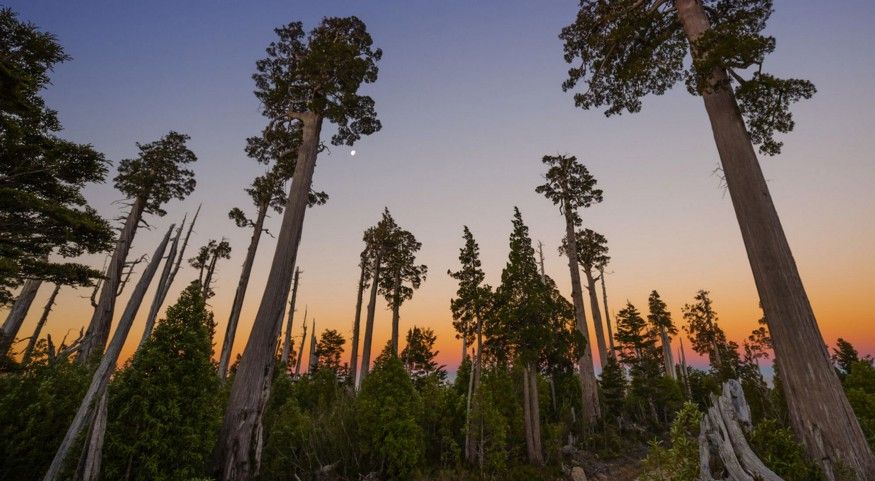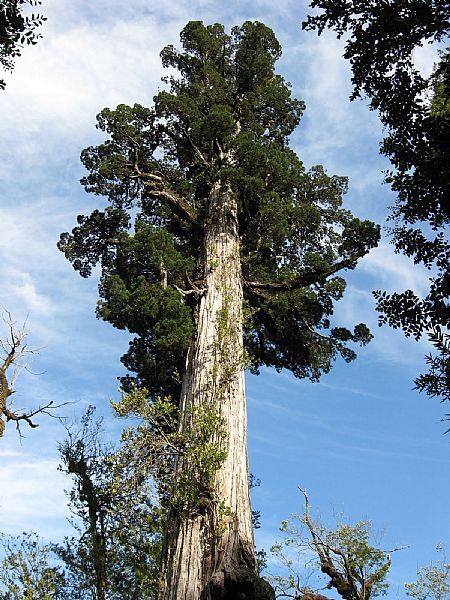Home to some of the oldest trees and most unique species on Earth, this strip of land is one of the most fascinating conservation areas in the southern hemisphere.
The Valdivian Coastal Reserve or as the locals call it, Reserva Costera Valdiviana, is located in the Los Rios Region in Chile. It occupies a stretch of 50 000 hectares along the coast.
As one of the few temperate forests that remain after surviving the last Ice Age, and more recently, a threat due to urbanization and a planned highway, it is thanks to interventions by organizations such as The Nature Conservancy (TNC) which act as a steward that promotes the protection and conservation of the reserve’s rich and unique ecosystems.

The Valdivian Coastal Reserve is now a conservation area that provides for several educational and scientific projects. It is also open to the public, who can enjoy trails through the forest, dunes, wetlands and beaches.
If you enjoy exploring nature reserves and conservation areas, you might also be interested in Quizapú Natural Park which offers guided tours on horseback.
When it comes to Valdivian Coastal Reserve, what makes its conservation so important is that it is home to several flora and fauna species, such as:
- The Alerce (Fitzroya cupressoides), along with the Olivillo, it’s one of the oldest tree species in the world.
- The pudu (Pudu puda), which is the smallest deer species in South America
- The colocolo opossum (Dromiciops gliroides) — the oldest kind of marsupial in South America.
- Güiña (Leopardus guigna) the smallest wildcat in America.
- Magellanic Woodpecker (Campephilus magellanicus) it’s associated with the Evergreen Forest of the Valdivian Coastal Reserve, along with a large number of native species.
- Terrestrial Snail (Macrocyclis peruvianus). This endemic snail lives exclusively in the shady and humid parts of the native forest and is associated with the presence of mosses.
- South American Sea Lion (Otaria flavescens) It’s also protected in the Valdivian Coastal Reserve.
- Puma (Puma concolor) It is a territorial feline, with solitary and crepuscular or nocturnal habits, although it is also active during the day.
- Chucao (Scelorchilus rubecula) it’s an omnivorous bird and for the survival of a minimum population it requires connected forest fragments of more than 100 hectares.

Dato curioso: Gracias al monitoreo con cámaras en la reserva en 2012–2013, se descubrió la existencia del zorro de Darwin en la zona, pues se creía que solo habitaba en dos áreas desconectadas: Chiloé y Nahuelbuta. Esta especie también es conocida como zorro chilote.

